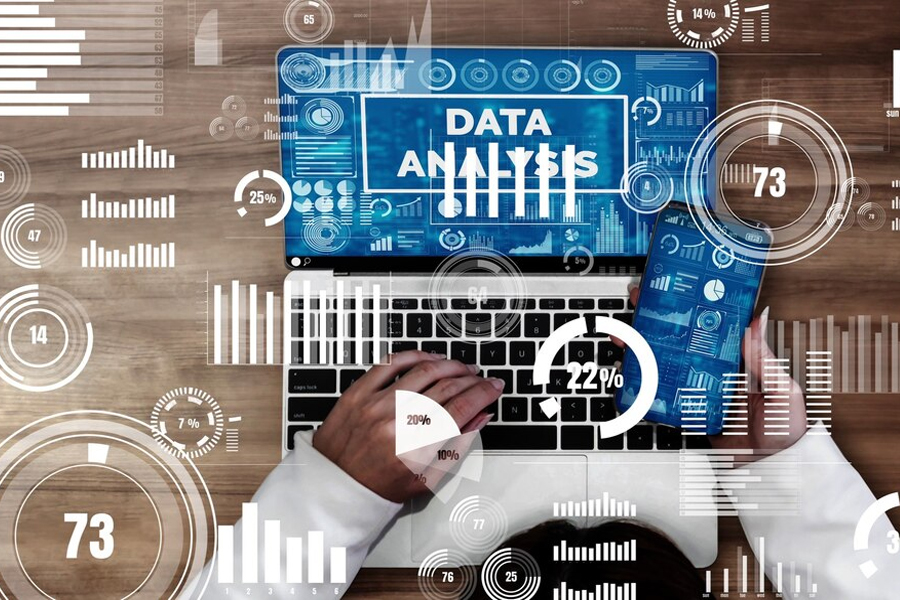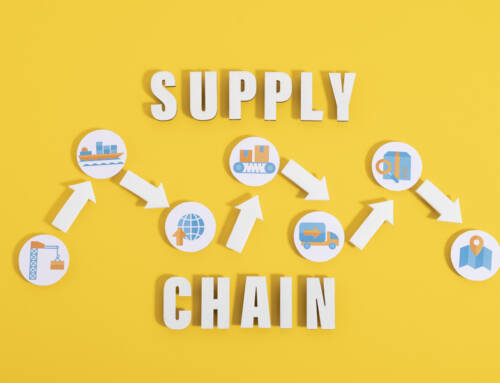Microsoft Fabric and its recent release has only renewed interest in the area of data orchestration and integration. The concept is itself is not new and almost a decade old. There are matured organisations and products which provide an architectural approach for streamlining data access and enabling self-service data consumption across lakes, integration layers, reports, and machine learning needs.
Data fabric is no more a nice-to-have tool. It has become a critical path in the strategy of the organisation. More and more CDOs (chief data officers) and CTOs (chief technology officers) are implementing data fabric architecture to make data access easier and safer by combining data governance, data orchestration, data catalog, data pipelining, data orchestration and data integration into one platform.
At a time when every organization is looking to extract the extra ounce from data, with data being distributed across formats, sources and platforms. Data fabric helps create a unified environment to manage all operational and analytical data, take control over data, augment business cases and tap into quick insights. Here are some critical nuggets about Data fabric that help turn data into a valuable asset.
What’s Data fabric?
Data fabric is a unified architecture leveraging services, tools and technologies to establish integration of disparate data environments. With the end-to-end integration of many data pipelines and platforms including, cloud, on premises, edge and hybrid, and with automated data management, data fabric empowers data consumers to access integrated data at the right time. The key pillars of data fabric include data management technologies such as data modelling, data catalog, metadata management, data orchestration, and data integration, captured in the figure below.
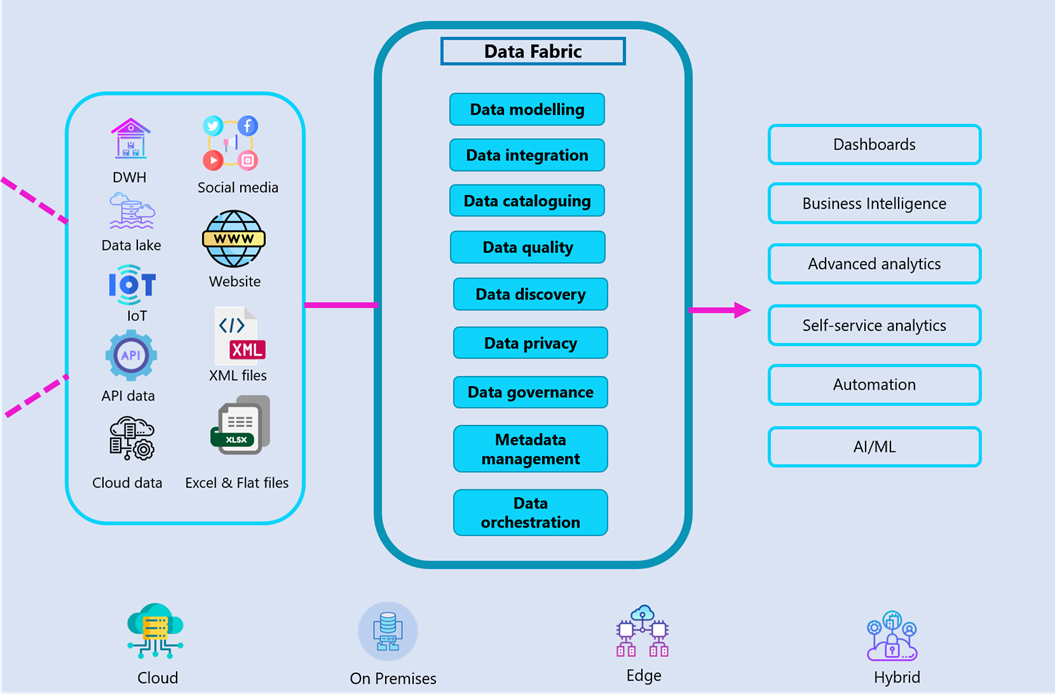
Data Fabric and its Towering Traits
Data fabric strengthens the organizational, business, and technical pillars of an organization
Robust data management
Facilitates data preparation automation and helps cut efforts in achieving data cleansing, transformation and enrichment. When it comes to data delivery, data fabric supports data virtualization, ETL, CDC, data streaming and APIs. Keeping data fabric at the core, an enterprise can integrate its data management tools and retire tools that are not in use to establish cost savings. The ability to support different styles in terms of data integration helps an enterprise look beyond use cases leveraging traditional data integration.
Comprehensive Metadata management & intelligent integration
With data fabric, metadata in different forms can be identified, segmented, integrated and shared. Data fabric also facilitates automated flow as well as pipeline creation encompassing disparate data sources and supports self-service data access and ingestion.
Future proofing
As data fabric connects the unified data management framework and different infrastructure endpoints, enterprises can support an infrastructure environment best suited to their requirement and data wherein data management becomes applicable across infrastructure deployments. This helps enterprises in future proofing data investments as they deem fit.
Knowledge graph
Challenged by the flow of data from different sources and different formats, enterprises can leverage knowledge graph, a data foundation, that helps put data into context via interlinking descriptions of data. It is a connected graph taking in data and related metadata for the purpose of integration, modelling and access of enterprises’ information assets.
Unified governance
Where metadata can be governed and managed locally, data fabric empowers enterprises to get a unified, global view of metadata and enforce policies. It supports automatic application of policies on data assets based on local and global rules.
Where can Data Fabric be Used?
Here are some use cases supported by Data fabric.
Customer experience analytics
At a bank, a siloed data storage compounded by disconnected data across different channels and different teams put a damper on CX decisions. Where omniscient understanding gives way for enhanced customer experience, Data fabric fits in well with its architecture allowing data to be used at scale and to bring various data types from cloud and edge. It helps automate the discovery of datasets meant to support different outcomes and makes sure that every customer data source is mined to support customer experience.
Customer 360
As a retail store found it challenging into tap into internal and external data sources (social media, reviews, sales, preferences, website, customer behaviour) to get a customer 360, it was also falling short of the data freshness that could promote up-to-date and fresh customer 360. With Data fabric, it is now able to integrate data across the siloed and fragmented systems, acquire trusted customer data at scale and create a comprehensive customer profile.
Trustworthy AI
It is the data that goes into the algorithm and model that brings the trust factor.
Trusted data: Facilitating model building means getting access to relevant data. With data fabric solution, AI engagements ensure usage of all relevant, accurate and high-quality data, whether data is on cloud, on-premise or any external source. AI governance gets a lift via robust data management and secured access assuring right data is made available at the right time.
Automated Governance: In comes data fabric promoting automated AI governance enabled by rules-based access that leads way for consistent processes that are transparent and accountable. Data fabric also supports automation of model lifecycle management enabled by governance rules, with the automated monitoring empowering data scientists to identify drift, bias, and assure fairness.
Data Fabric vs Data Mesh
| Data Fabric | Data Mesh |
| Data fabric represents a centralised architecture where a virtual management layer (single) can be built over distributed data getting connected through metadata-driven approach | As a decentralization solution, it aims to get processes streamlined across departmental silos, giving way for similar governance & access procedures, connected via the API-driven method |
| No-code, low-code | It is API-driven, where code is written for interfacing APIs. |
| Technology-centric focus to enable smart handling of the data & metadata complexities | Organizational approach to enable accustomed processes to ease governance |
| Architecture leverages automation and metadata management and governs data via rules-set in a separate layer | Data domain owners manage the data as deemed fit though with the inclusion of relevant common governance provisions |
What ‘Business & Data’ Challenges Does it address?
Actionable Data for desired business outcomes
Challenge: Data in many formats and from many sources that are poorly integrated and highly distributed makes ‘insight-driven decision making an unconquerable perch.
Take this healthcare and data ordeal scenario – Exploding data volumes in various structures and formats from different data sources led to a costly and time-consuming data integration process. With data scientists eyeing at different deep learning use cases, data fabric empowered the healthcare institution to enable concurrent use of different data types including clinical trials, patients, and patient outcomes and eliminate imprecise data and uncertainties arising out of algorithmic training encompassing different data types.
Data trustworthiness
Challenge: Growing data complexities have only increased the demand for data trustworthiness
Amid the complex data landscape, secured data evokes greater demand. Let’s consider the role of data fabric at banks. While safeguarding sensitive data is critical, banks can keep data fabric at the core to safeguard sensitive information including customer information, credit card information, bank records and PII, while data fabric security features such as automated compliance & security capabilities, predictive analytics, and threat intelligence help detect unwanted data access, enhance data trustworthiness and security.
For all the endpoints and connected APIs, data fabric helps strengthen security by establishing security policies wherein Zero Trust Model policies can be used to build the data fabric.
Data governance
Challenge: Data residing in data warehouse, files, database, on premises and cloud, data silos existing as platforms, data lakes, and data warehouses only increase the need to build stronger compliance protocols and data security measures
Data fabric can be used to establish unified data governance protocols across data systems. With data fabric, organizations can leverage a centralized location to manage data security while accessing and streamlining the process of meeting compliance needs.
Some well-known data fabrics and their advantages
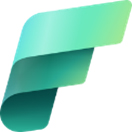 Microsoft Data Fabric is a unified analytics platform for bringing all the data as well as the analytics tools together; the platform unveils the combination of Azure Synapse analytics, Azure Data Factory and PowerBI resulting in a unified platform.
Microsoft Data Fabric is a unified analytics platform for bringing all the data as well as the analytics tools together; the platform unveils the combination of Azure Synapse analytics, Azure Data Factory and PowerBI resulting in a unified platform.
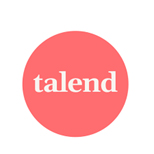 Talend Data Fabric is a unified platform that empowers an organization to manage data under one platform; brings data integration, automated data profiling, governance and self-service capabilities in one single platform.
Talend Data Fabric is a unified platform that empowers an organization to manage data under one platform; brings data integration, automated data profiling, governance and self-service capabilities in one single platform.
 Denodo – The Denodo platform is one of its kind with capabilities required for creating the logical data fabric. With advanced semantics, smart query acceleration, flexible data integration, logical data abstraction and unified governance and security, Denodo allows organizations to use trusted datasets in accelerating analytics for making intelligent business decisions.
Denodo – The Denodo platform is one of its kind with capabilities required for creating the logical data fabric. With advanced semantics, smart query acceleration, flexible data integration, logical data abstraction and unified governance and security, Denodo allows organizations to use trusted datasets in accelerating analytics for making intelligent business decisions.
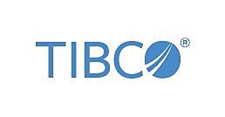 TIBCO Data Fabric facilitates data virtualization to disintegrate data silos, helps create a single metadata repository and enables agile data engineering to democratize data, accelerate time to value, and empower users with trusted and consistent data.
TIBCO Data Fabric facilitates data virtualization to disintegrate data silos, helps create a single metadata repository and enables agile data engineering to democratize data, accelerate time to value, and empower users with trusted and consistent data.
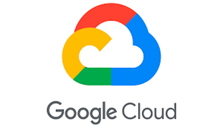 Google Cloud Dataplex helps break down data silos, enables robust data management, promotes centralized governance and security and unified data discovery to ensure trusted data for driving analytics outcomes.
Google Cloud Dataplex helps break down data silos, enables robust data management, promotes centralized governance and security and unified data discovery to ensure trusted data for driving analytics outcomes.

If you are focusing on getting your data fabric strategy off the ground, Saksoft can help you take the next best step. With scores of data engagements and robust data solutions for our clientele, we have built fitting data solutions from disconnected data islands spanning platforms, formats, and sources to assure profitable insights from integrated data. In turn, our data solutions have addressed the need for golden customer records, enhanced metadata management, strengthened security forte and for extracting that extra ounce from data.
